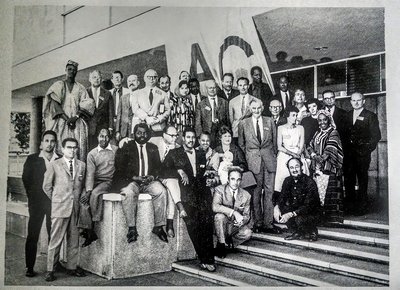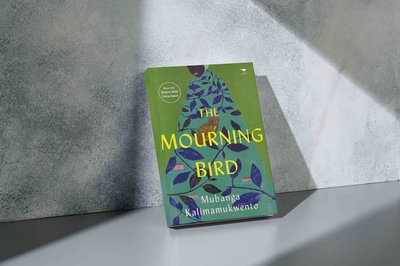No Be From Hia is the debut novel by author Natasha Omokhodion-Kalulu Banda, a heart-warming story of post-colonial migration and the impact on three generations of one family. It is told through the eyes of Maggie and Bupe, two cousins living on opposite sides of the world. They are brought together by a longing and a need to connect to their roots. The author summarises the story as, “a coming of age tale that encompasses love of self, family and country.”
Identity is a core theme throughout the story. The title No Be From Hia is a Nigerian Pidgin term. In the book there is a scene where the two main characters, Maggie who is Zambian-Nigerian and her cousin Bupe Zambian-Jamaican, visit a market in Lagos. Maggie is mocked when she tries to speak Yoruba and the marketeer hears her accent and exclaims “Come an’ see dis one eh! E no be from hia!”

Natasha shares more about the themes in the book explaining, “On a macro-level, the process of post-colonialisation left serious identity issues for many of our countries in Africa. As a result of inheritance from the colonial regime, we were left with both the good and the bad. Our society was left with no indigenous religion, new class systems, new economic systems, taxes, mass urbanisation. We are still trying to figure out who we are. What is right, what is wrong. Traditional knowledge systems versus modern. Therefore, how can we as individuals escape this dissonance?”

Natasha believes migration and globalisation will remain a topic of interest for centuries to come. Natasha’s own heritage is a reflection of these two forces. She is a UK-born Zambian of Nigerian and Jamaican descent. Natasha says identity has always been part of her struggle and it was only natural for her to explore the theme through her writing. At the time she started writing her debut novel she was going through an identity crisis of sorts. “Not from the perspective of one’s nationality, but rather the deep need to know those who came before me. What makes me what I am? What traits did I inherit? What are the stories of struggle and success in my lineage?” she explains.
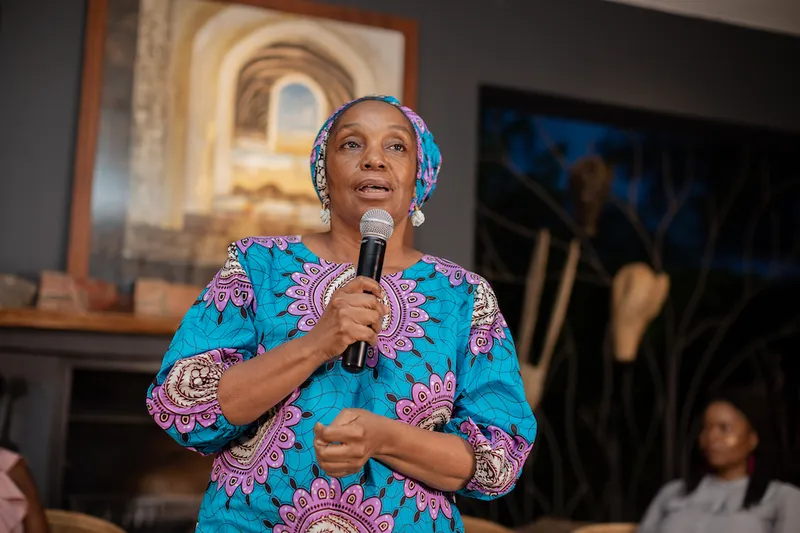
Natasha’s grandfather was active in the struggle for Zambian independence and her grandmother was a migrant in the Windrush era. Her parents divorced when she was young. Being from different countries, this led to a geographical split in the family as well. The homecoming of Maggie, that joy and pain of returning to a country or city you have familial ties with, resonates with Natasha. One may have a connection to a place but not be familiar with it. Natasha notes that though her own mixed heritage influenced the plot of No Be From Hia, the bookis entirely fictional. None of the drama from the book happened in real life.
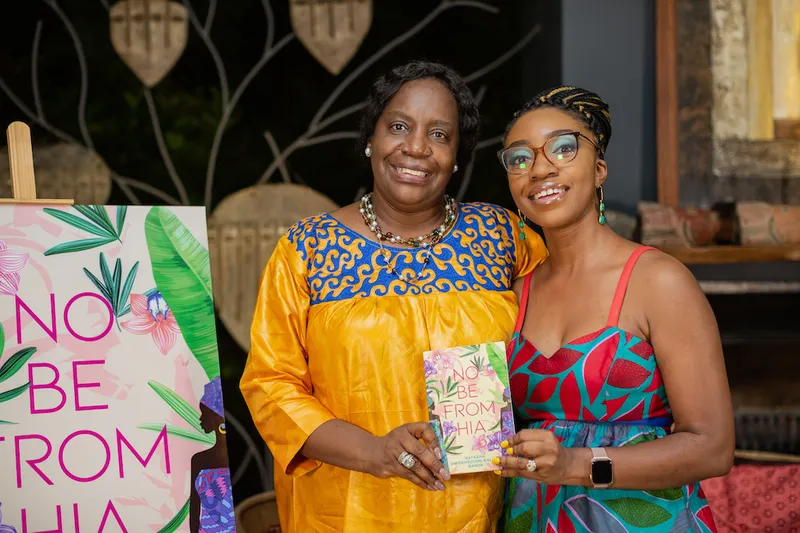
Natasha’s grandparents are among the inspirations for her novel. She visited her paternal grandparents in Nigeria in her 30s, for the first time since she was six years old. Soon after this visit she lost her grandparents. Shortly after this she lost her maternal grandmother in Zambia. It struck her that she would never get the chance to ask them what things were like in their younger days – the Zambian independence era, the Windrush era and the move from Jamaica to England in the 1950s. Natasha needed to make sense of it all – her multicultural background, her Zambian upbringing. She wanted to reconcile her feelings, her culture and the history surrounding it. The best way she knew to do this was through the fictional story of the Kombes and the Ayomides.

Natasha decided to self-publish her novel, after exploring traditional avenues, and it wasn’t a decision she took lightly. It has been said that if you can’t find the story you want to read, you should write it yourself. Natasha followed this principle. She also wrote and published her novel because she saw a deficit in Zambia’s creative fiction sector. She believes it is important that more Zambians pen their own stories and hold more intellectual property. Natasha has always been an entrepreneur in the creative industry (events, PR and advertising) and publishing felt like an extension of everything she has learned over the years.
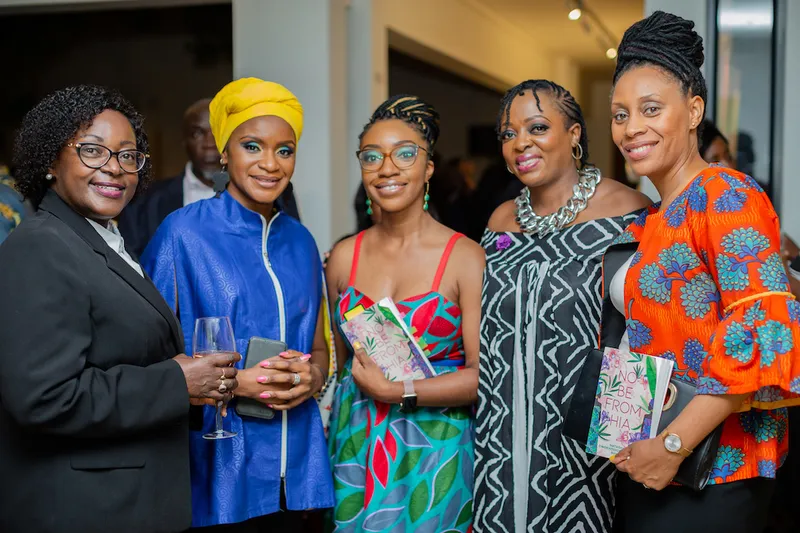
Writing a novel set in specific time periods was a challenge that required research to maintain historical accuracy and authenticity. The author notes, “I wasn’t there in 1974 so I cannot pretend to have been there. It’s a fine balance between writing responsibly and creating fiction. Through the resources from the National Museum, Ndola Museum and National Archives, I did a lot of research. I have one chapter where Margaret goes to the Copperbelt and the first time I wrote that draft I shared it with someone from Ndola Museum and she told me there is no way Margret would have travelled from Chinsali to the Copperbelt without a permission slip from her husband. So I had to change that.”
When asked about the potential for a sequel to her debut novel Natasha shares, “I read somewhere one of my favourite authors described Nigerian movies saying ‘by the end of the story there are so many frayed threads that there is such a desperate need for a sequel’. I am hoping this book is all tied up together and that it doesn’t need a sequel. I wouldn’t do a part two but I would love to explore a new body of work set in the era of the grandparents.”
When she is not writing Natasha is a family woman – her husband and kids are her everything. She has a large extended family and cherishes the time she spends with them. Beyond this she is focused on growing her business. Natasha adds, “When I’m not doing all of the above, you’ll find me travelling somewhere or digging up old newspaper cuttings – new environments and old facts seem to get my grey matter flowing.”
Having read this book it’s important to note that women’s role in the freedom struggle is represented in a way we rarely see. Women were more than the mothers and wives of freedom fighters. As you read the story across the generations you’re transfixed by the world Natasha so carefully weaves together for the reader. Natasha spent a lot of time developing her characters and their locations in the world were well thought out. We are able to see ourselves represented and able to recall moments in history or see familiar places that we know and love reflected back at us. What more could a reader want?

